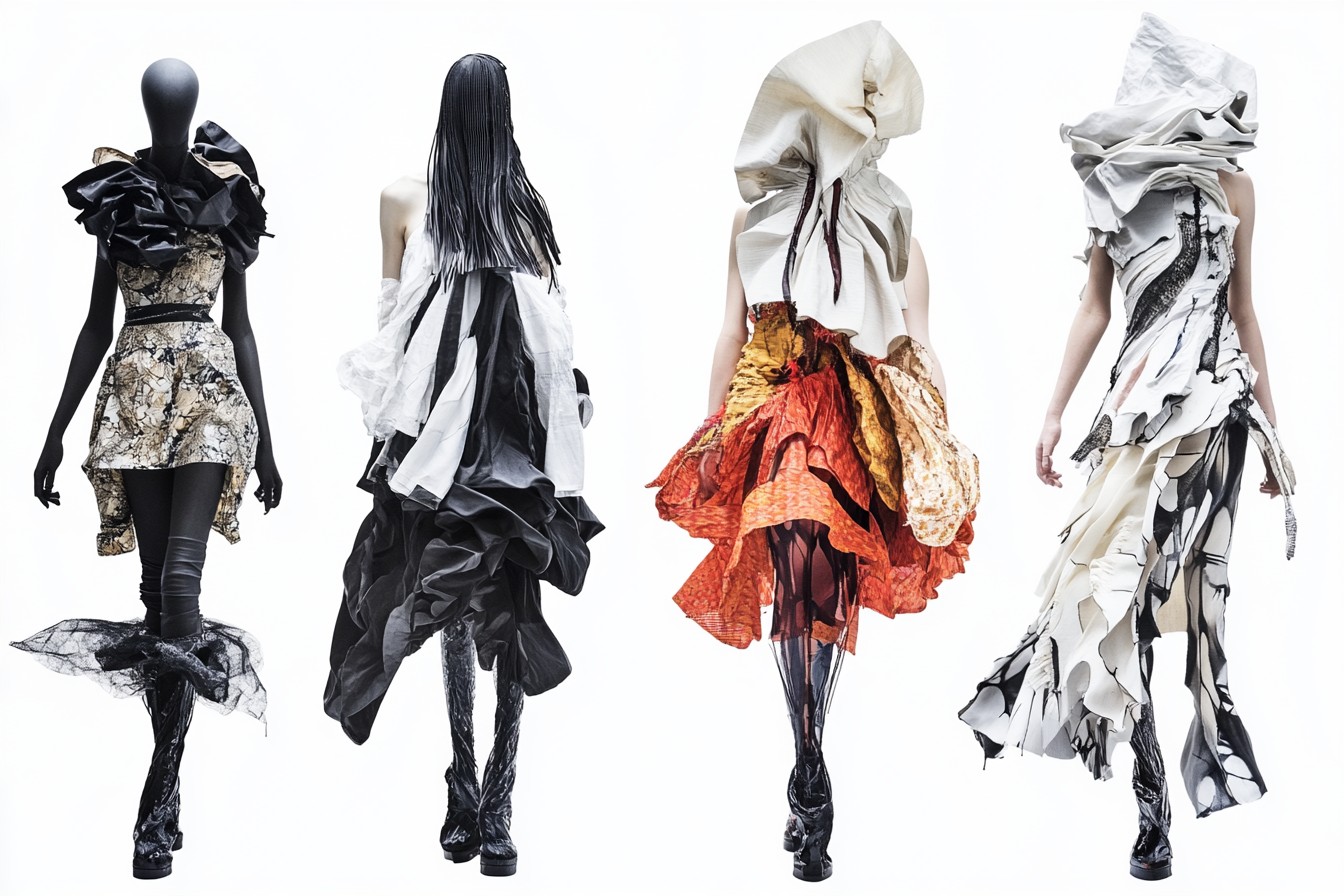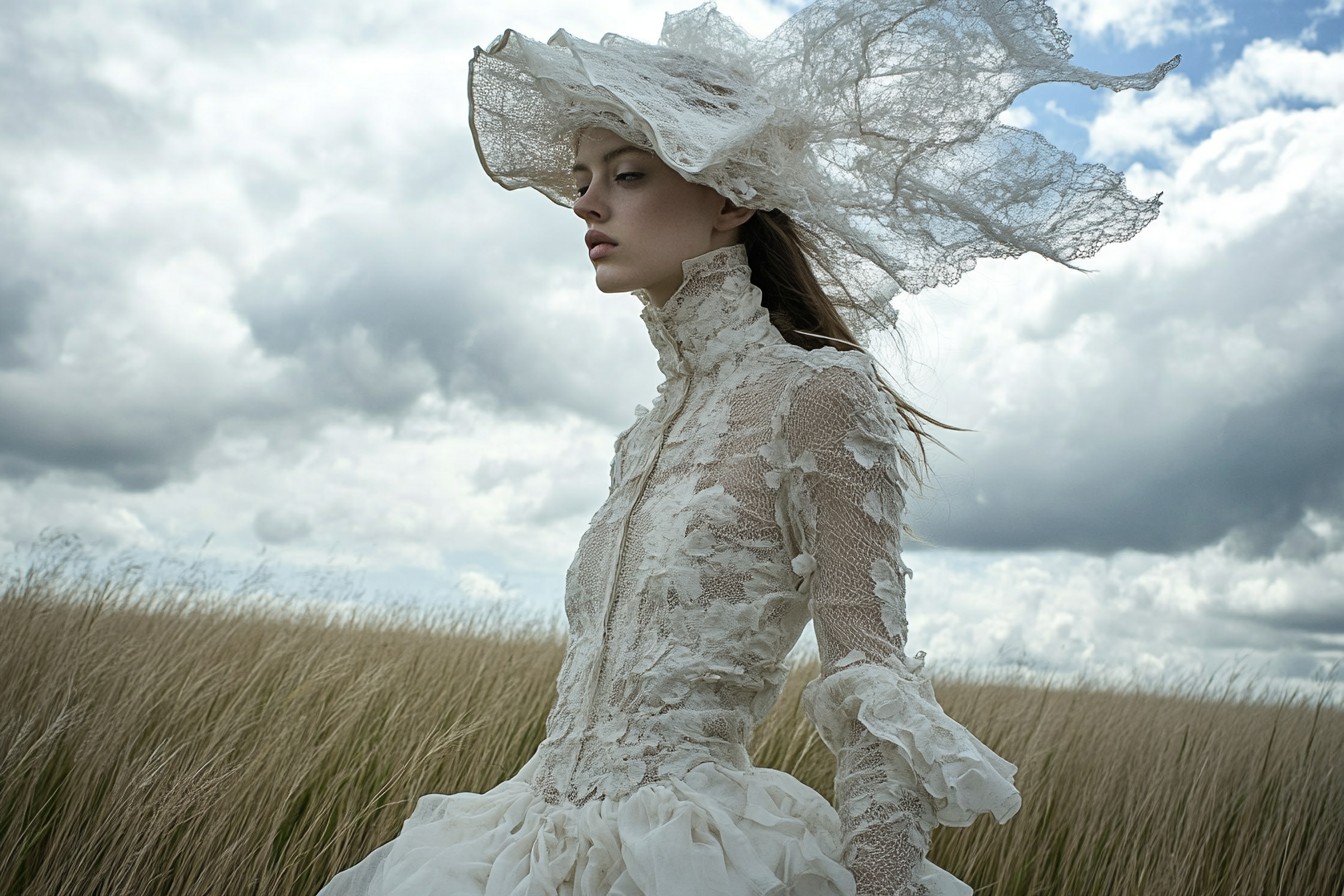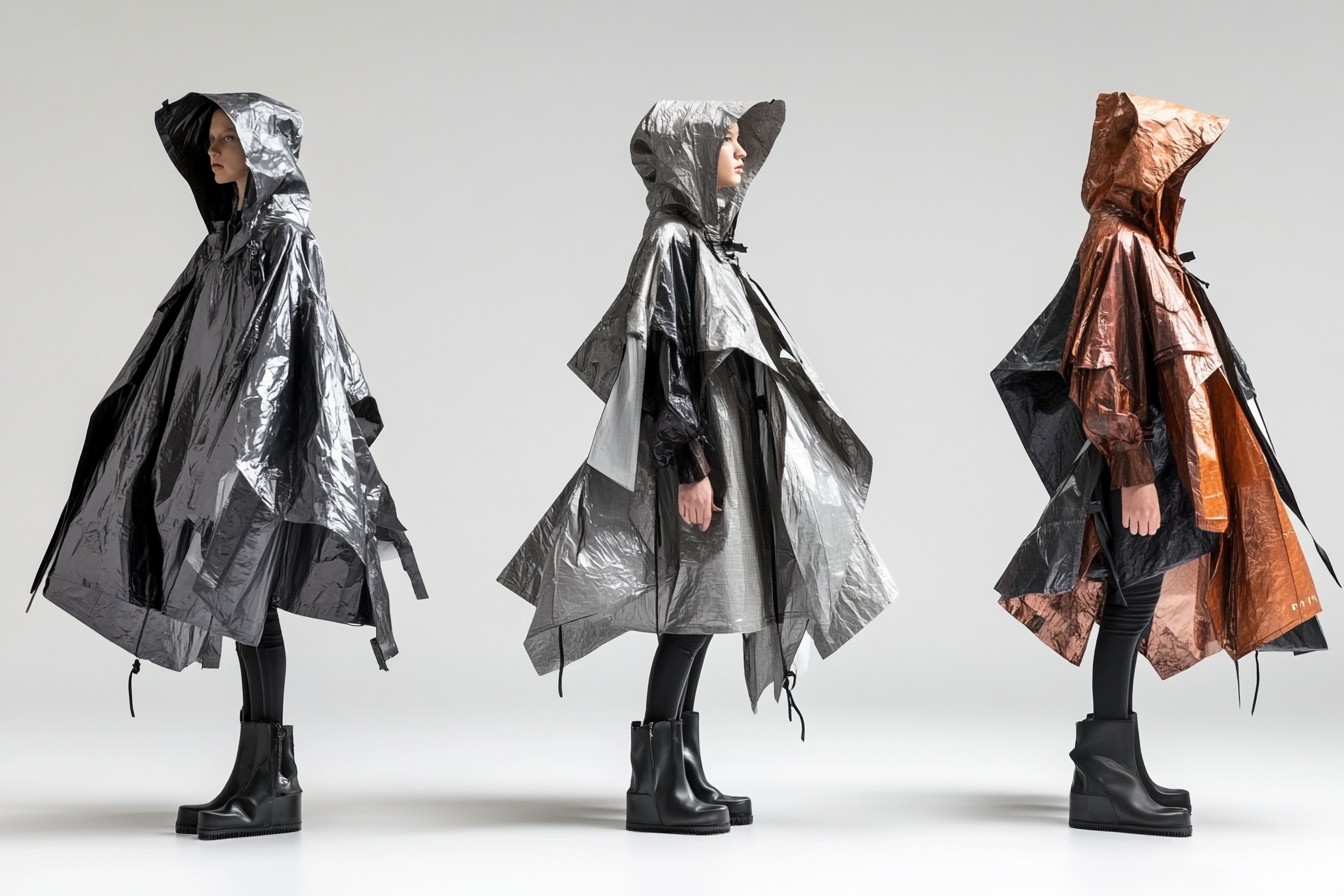Every May, like clockwork, fashion magazines and websites across Britain optimistically trot out their summer capsule wardrobe features. You’ve seen them—all breezy linen shirts, strappy sandals, and floaty dresses in sun-bleached hues. They’re gorgeous, aspirational, and about as practical for actual British summer weather as a chocolate teapot.
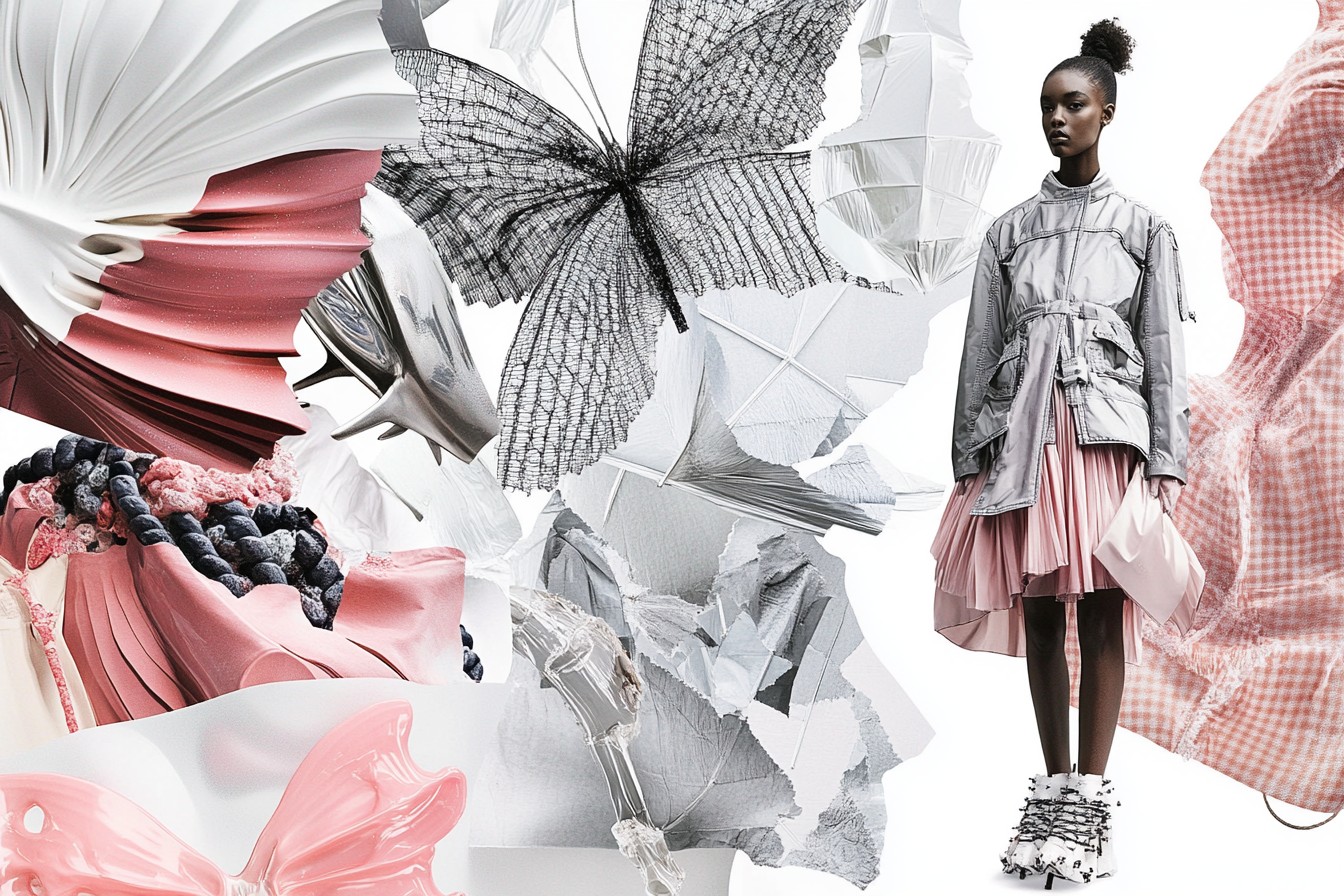
I know this because every bloody year, I fall for it. The calendar says June, the sun makes a tentative appearance, and suddenly I’m convinced this is the year I’ll spend three months looking like an extra in a Nancy Meyers film, all white jeans and espadrilles, sipping rosé at impromptu garden parties that miraculously never get rained out.
And every year, reality hits somewhere around mid-June, when I’m standing at a bus stop in my new white linen trousers, watching them slowly turn transparent in an unexpected downpour while simultaneously developing those attractive soggy knee patches. Or I’m shivering in a “summer dress” at a barbecue where the temperature has suddenly plummeted from “quite pleasant” to “is it November?” in the space of thirty minutes.
British summer is not Italian summer. It’s not French summer. It’s certainly not California summer. British summer is meteorological gaslighting—a season that promises golden evenings and delivers sideways rain, that tricks you into leaving your cardigan at home and then sends a Baltic wind to punish your optimism.
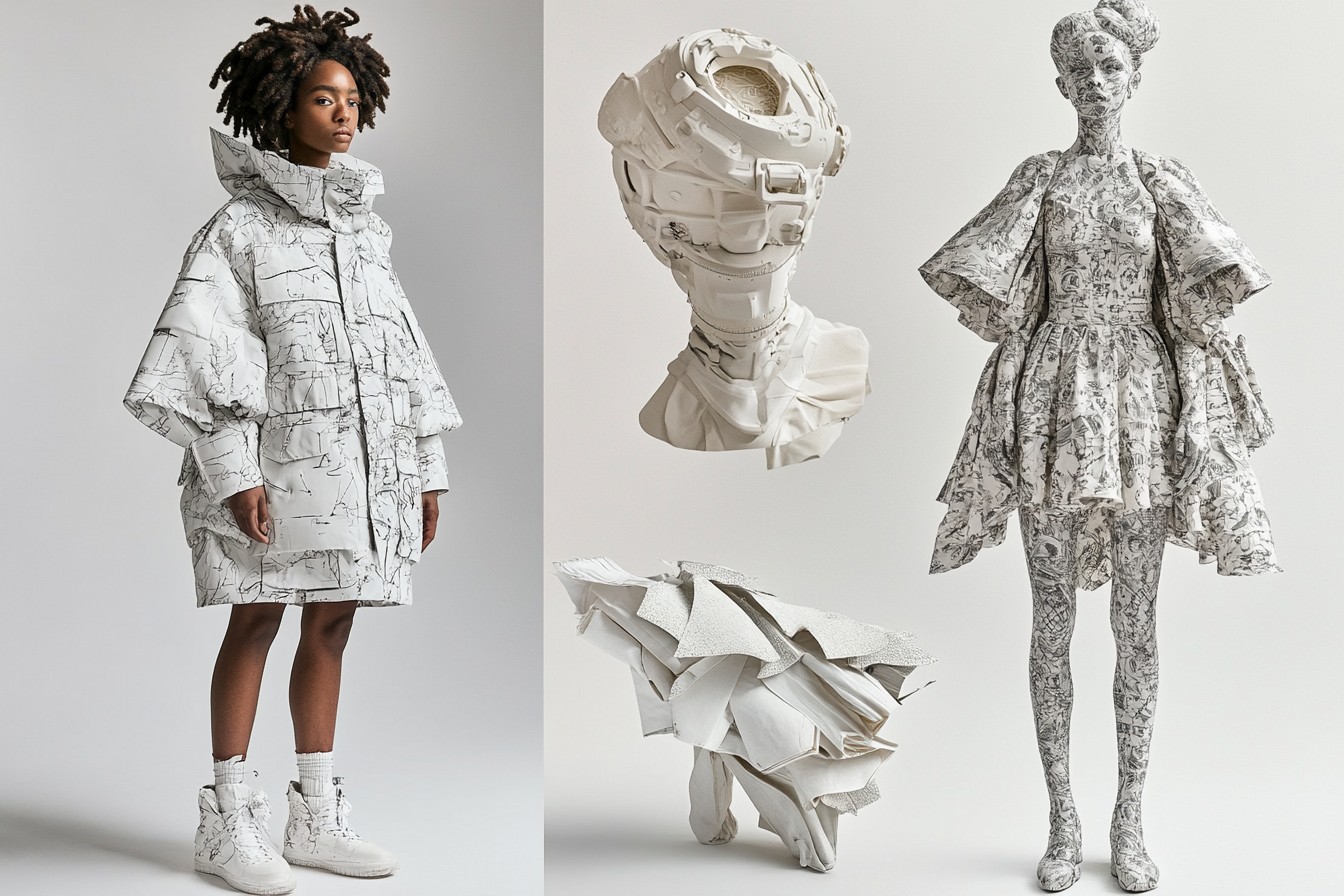
So after many years of getting it spectacularly wrong, I’ve finally developed a British summer capsule wardrobe that actually works for, you know, British summer. Not the British summer of Instagram influencers posed in lavender fields wearing white broderie anglaise (they took that photo during the one hot day in May and have been strategically posting it in batches ever since). Not the British summer of fashion shoots (taken in Morocco in February). The real British summer, where the weather app shows you a cheerful sun icon that somehow translates to 15° with 80% humidity and a persistent drizzle.
Let’s start with the foundation: layers. The first rule of British summer dressing is that you need to be prepared for a 15-degree temperature swing at any moment. I don’t leave the house between May and September without something extra in my bag—usually a lightweight cardigan that can be shoved into a tote but is substantial enough to combat that uniquely British phenomenon of “warm day, freezing shade.”
My current go-to is a merino wool cardigan from Uniqlo—not the heaviest winter version, but not the tissue-thin “summer” one either. It’s in a neutral oatmeal color that goes with everything and doesn’t show rain spots. I’ve got a similar one in navy too, because I’m practical like that. They’re not exciting, but by God they’re useful when you’re sitting in a pub garden at 7 PM and the temperature suddenly remembers it’s actually Britain, not Barbados.
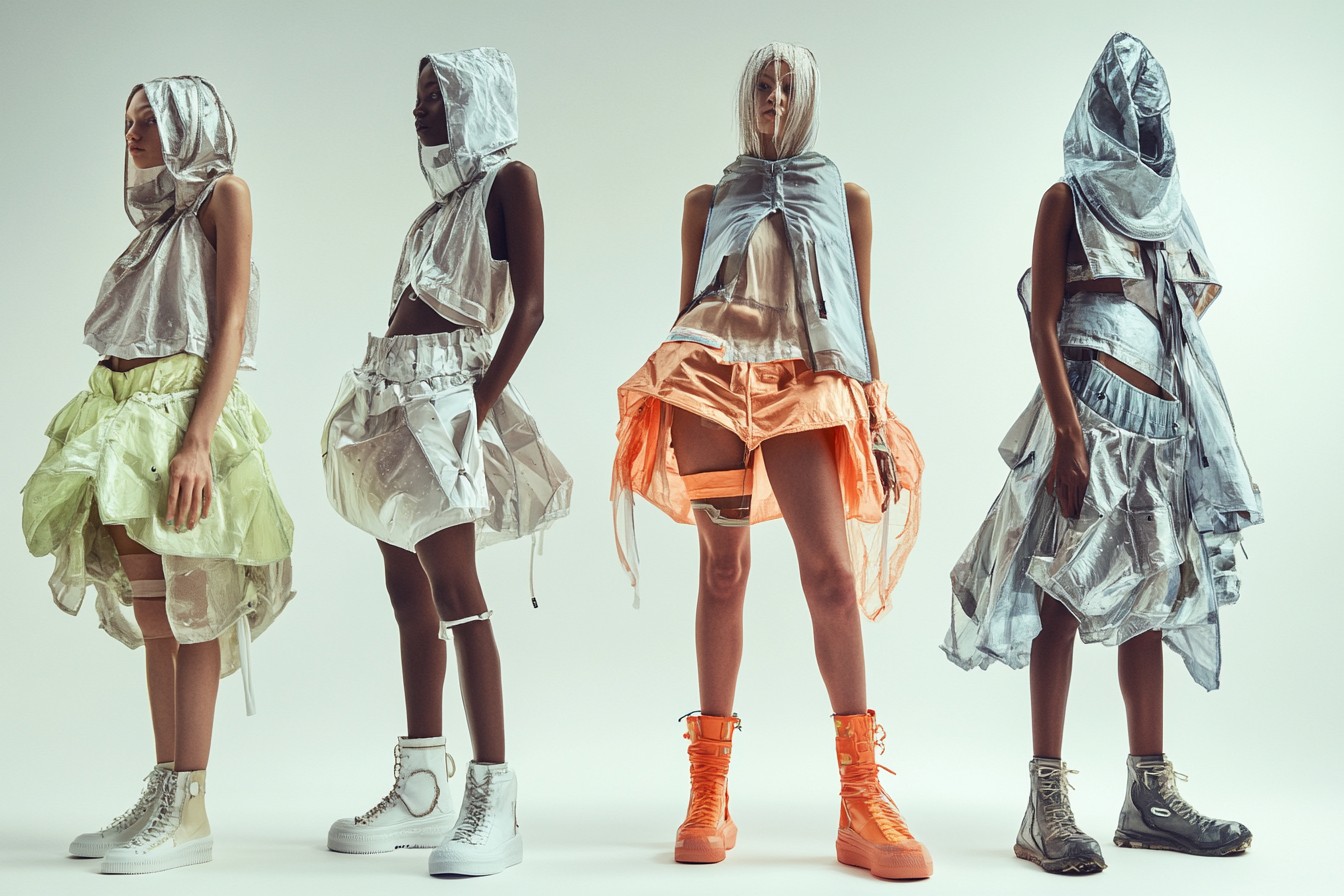
Next: the “summer dress.” Forget those tiny-strapped, backless numbers that require special underwear and perfect weather. The ideal British summer dress has to work with flat sandals and a cardigan, but also with tights and boots when the sky turns ominously dark at 3 PM. It should be loose enough that if you start sweating on the Central Line, it won’t cling to you like a desperate ex, but structured enough that when the wind picks up, you won’t accidentally flash a bus queue.
My hero in this category is a navy cotton shirt dress from Toast that I bought three years ago and have worn approximately 400 times since. It’s got sleeves that can be rolled up when the sun makes an appearance, a waist that can be belted or left loose depending on what I’ve had for lunch, and a color that doesn’t show rain splashes. It works with trainers for day, can be dressed up with earrings and proper shoes for evening, and—crucially—can be worn with a thermal vest underneath when “summer” decides to take a day off.
The key is to look for dresses with actual sleeves (even short ones), in fabrics that have some weight to them. Linen is lovely but creases terribly in the damp. Cotton or cotton blends are more practical. And for God’s sake, pick a color or print that can handle what British summer will throw at it—which is to say, mud, rain spots, and the occasional splashback from puddles.
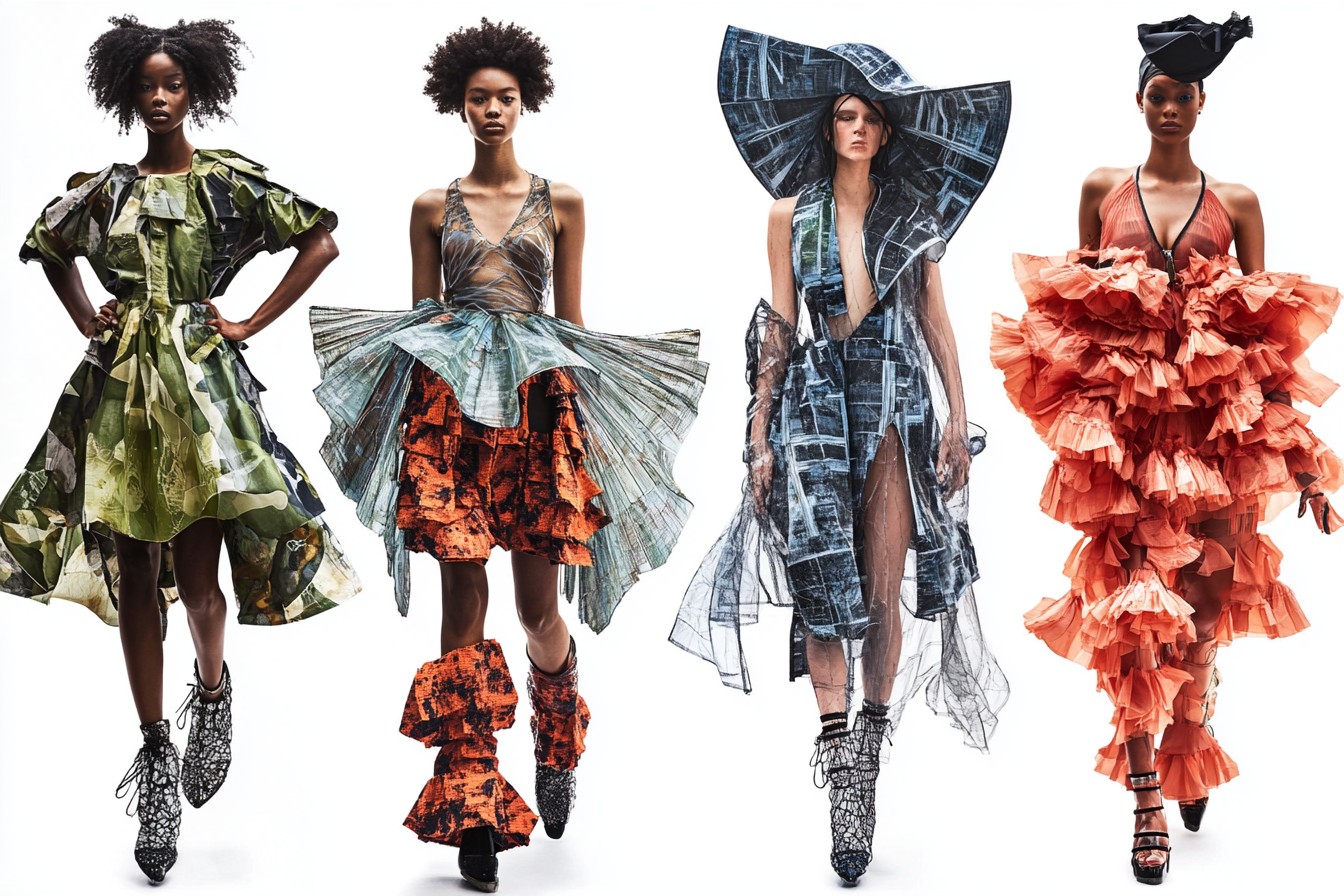
For bottoms, I’ve learned to avoid anything that doesn’t work with both sandals and closed shoes. White jeans are a disaster waiting to happen (and they will happen, usually within thirty minutes of leaving the house). Instead, I’ve found dark denim culottes to be surprisingly versatile—they’re cool enough for warm days but substantial enough for cooler ones, and the cropped length means they don’t drag in puddles when the heavens inevitably open.
I’m also a big advocate for what I call the “sensible summer trouser”—usually in linen-cotton blend, with an elasticated waist because comfort is key, and in a color that won’t show marks. Mine are from Me+Em and cost more than I care to admit, but they’ve earned their keep over three summers of constant wear. They’re a deep olive green that goes with everything and conveniently hides the grass stains from emergency picnic relocations when the “scattered showers” turn out to be rather less scattered than predicted.
A quick word on footwear: sandals are a must, but so are closed shoes. British summer means you need to be prepared to paddle through unexpected puddles on the same day you were planning to show off your pedicure. My solution is a pair of tan leather sandals with actual straps that keep them on my feet when dashing for shelter, and a pair of what my mum would call “sensible” trainers—usually white leather ones that can be wiped clean after mud encounters.
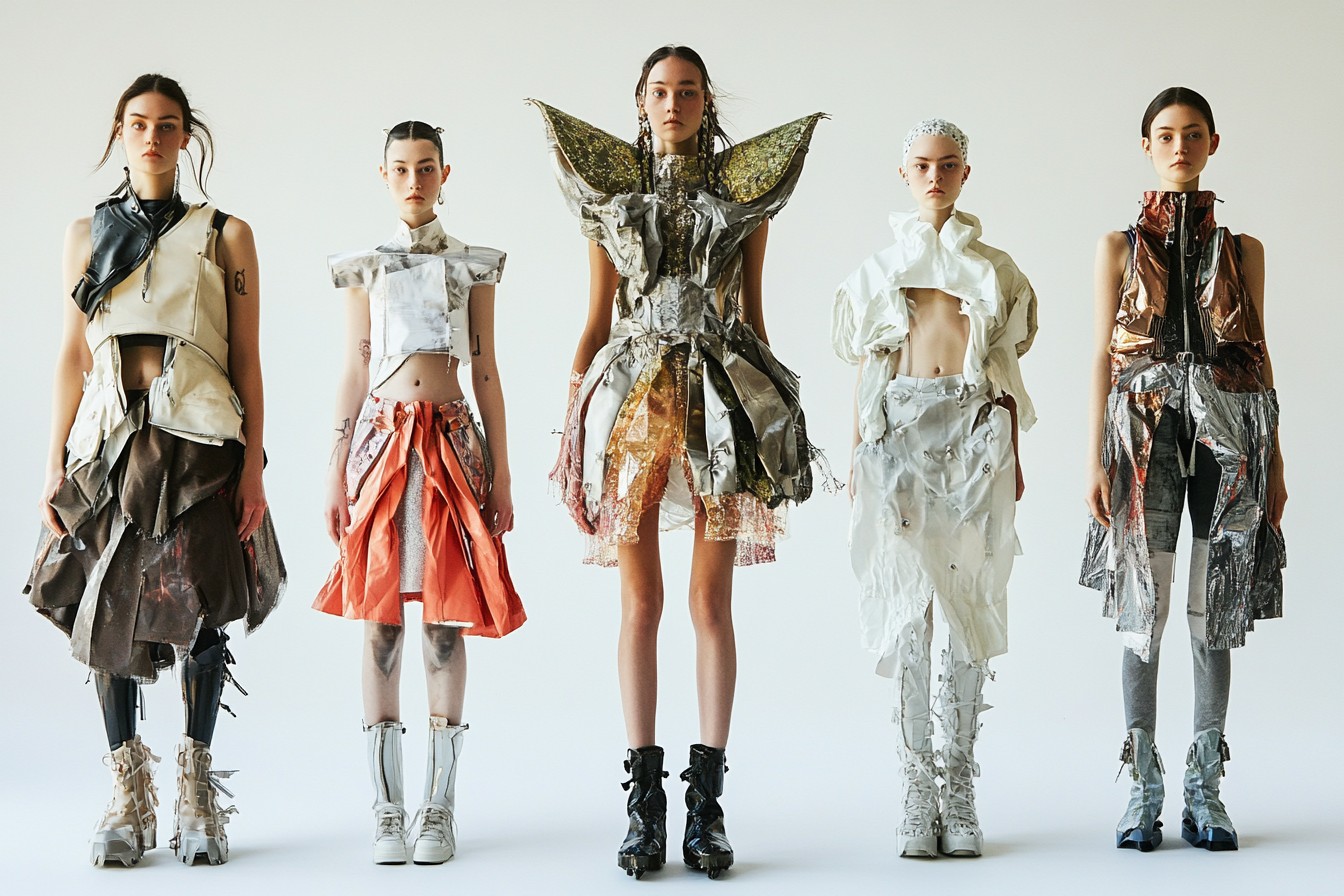
The waterproof jacket is perhaps the most crucial element of the British summer wardrobe, and the one that fashion magazines are most reluctant to acknowledge. My advice? Invest in a decent one that doesn’t make you look like you’re about to climb Ben Nevis. Mine is from Rains—a sort of dusty blue color that’s a bit more interesting than black but still goes with everything. It’s light enough to scrunch into a bag but actually waterproof (not just “shower resistant,” which in British weather terminology means “will keep you dry for approximately 45 seconds”).
The final, and perhaps most important, element of the British summer capsule wardrobe is the bag. It needs to be big enough to accommodate the aforementioned cardigan and potentially a brolly, but not so enormous that you look like you’re going camping. Waterproof or wipe-clean is non-negotiable—suede in British summer is asking for heartbreak. My current favorite is a coated canvas tote from Ally Capellino that’s survived three summers of being stuffed with emergency layers and occasionally used as impromptu rain cover for my head.
Now, I know what you’re thinking—this all sounds very practical and not particularly stylish. Where’s the joy? The fashion? The summer frivolity? Don’t worry, I haven’t completely surrendered to the meteorological reality. This is still a fashion article, after all.
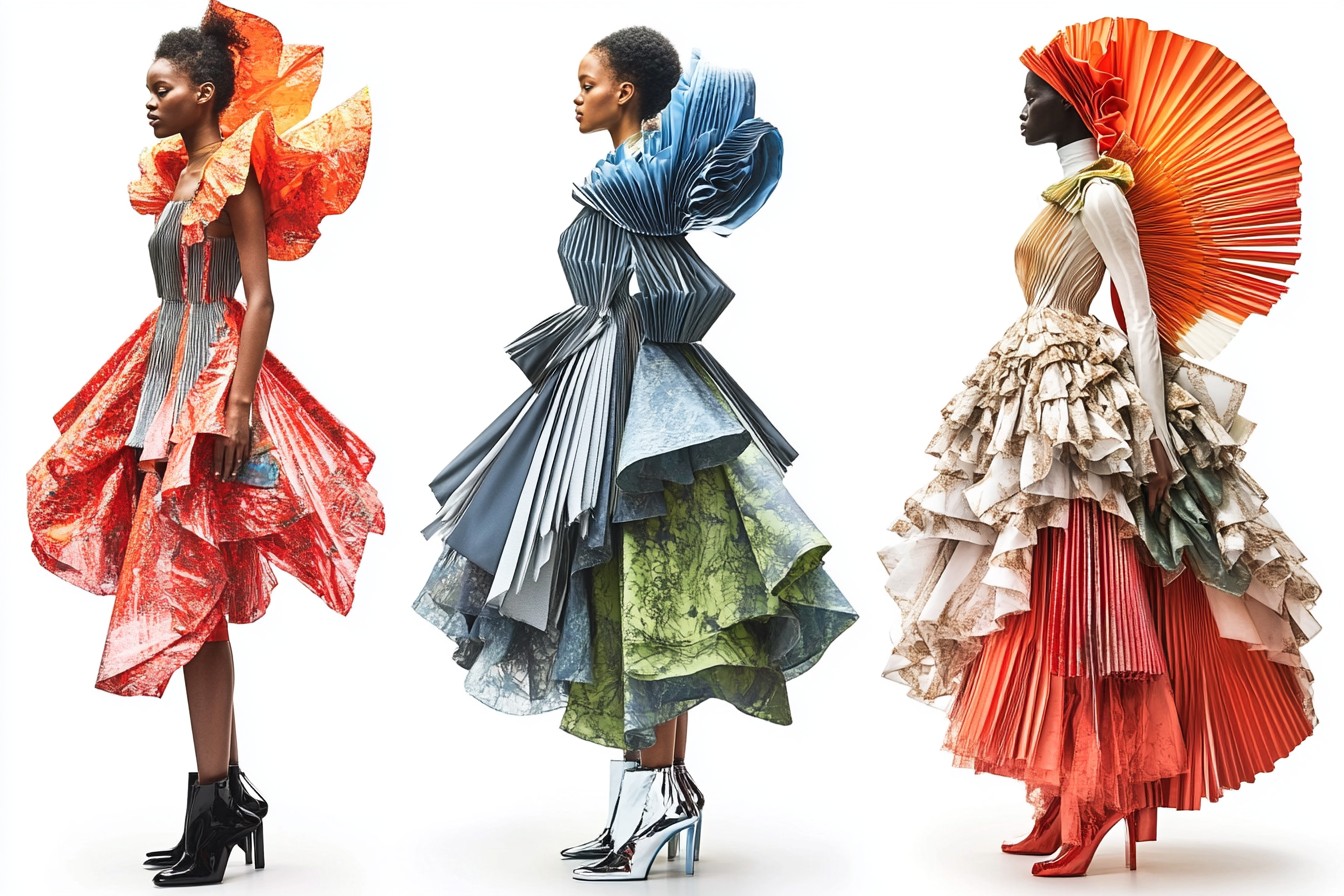
The trick is to add summer through accessories rather than staking everything on weather-inappropriate clothing. A bright lipstick that says “summer” even when the sky says “November.” Earrings that catch what little sunlight makes it through the clouds. A scarf in a vibrant print that can double as an emergency picnic blanket when the park benches are suspiciously damp.
I’ve found that a couple of ridiculously optimistic purchases help maintain the illusion of summer, even if they only get worn once or twice. A genuinely strappy sundress kept for those rare, perfect days or for holidays abroad. A pair of proper espadrilles that make no practical sense in British drizzle but feel right when the sun does show up. A straw bag that’s completely impractical for anything except looking seasonal in Instagram photos (usually taken in the thirty-second window between rain showers).
The point is to be prepared for reality while still maintaining hope—the most British of summer attitudes.
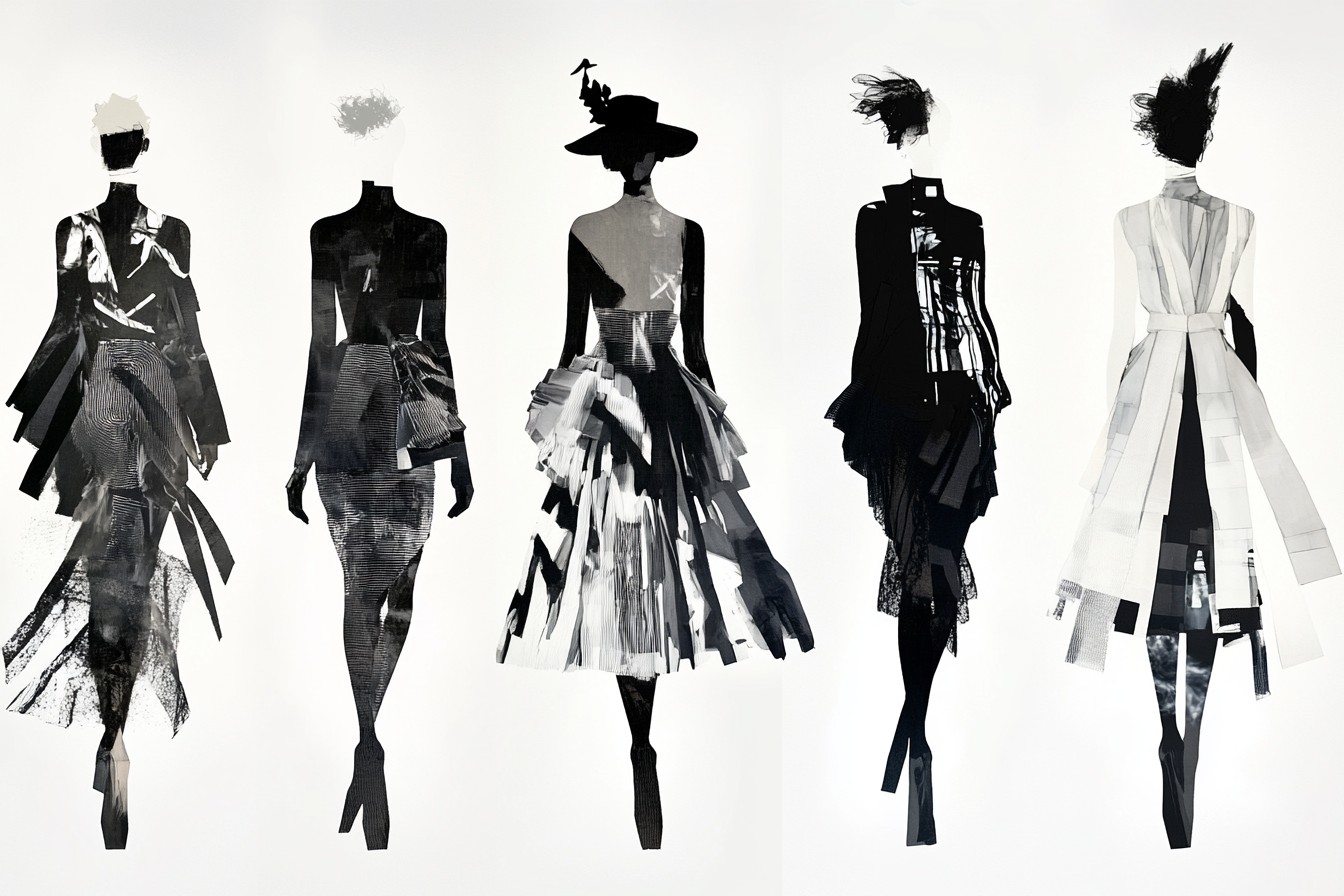
The real secret to British summer style isn’t really about the clothes at all. It’s about acceptance. Accepting that you will get caught in the rain at least once a week between June and September. Accepting that you will sometimes be too hot and too cold within the same hour. Accepting that the weather app is lying to you and always, always having a backup plan.
It’s about curating a wardrobe that can handle the Jekyll and Hyde nature of our summer—clothes that don’t make you feel shortchanged when the temperature refuses to rise above 16°, but that still feel like summer even when the sky is the color of wet concrete.
And it’s about finding the joy in our peculiar, unreliable season. Because when British summer does deliver—when the parks fill with picnickers making the most of three consecutive hours of sunshine, when pub gardens overflow with optimistic drinkers ignoring the dark clouds on the horizon, when you finally get to wear those completely impractical sandals you bought in a fit of May optimism—it feels all the more precious for its rarity.
So yes, my British summer capsule wardrobe might include more knitwear than is strictly aspirational. It might make more practical concessions than its glossy magazine counterparts. But it means I can actually enjoy summer rather than spending it feeling either inappropriately dressed or disappointed.
And on that one perfect day in July, when the temperature hits 25° and the sky remains stubbornly, improbably blue? Well, that’s when the wholly impractical white linen dress comes out of hibernation. Because while preparation is essential, optimism is what makes British summer British summer.
Now, if you’ll excuse me, I need to go check the weather app again. It’s showing sunshine for the weekend, which almost certainly means I should pack a sweater and waterproof boots for the allegedly “garden” party I’m attending. But I’ll throw in my sunglasses too—because if there’s one thing more British than being prepared for bad weather, it’s desperately hoping for good weather despite all evidence to the contrary.
